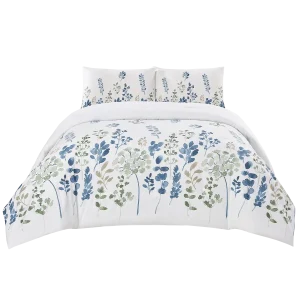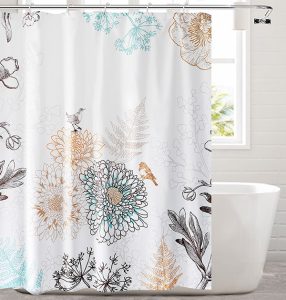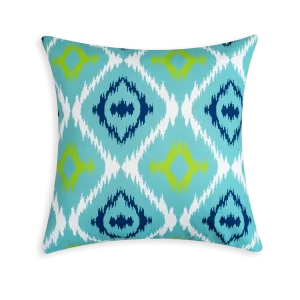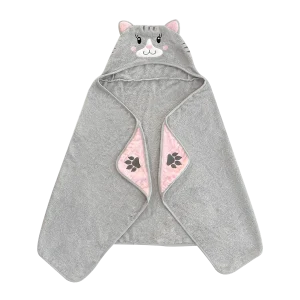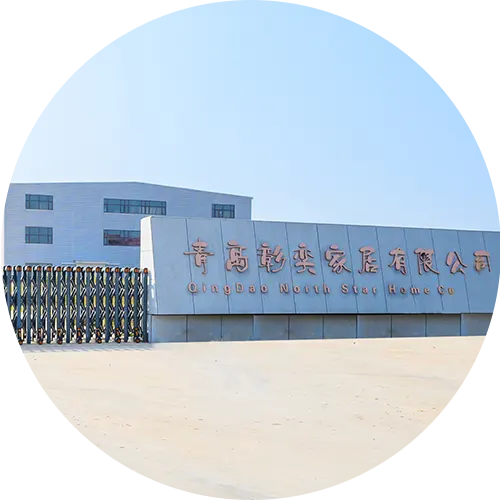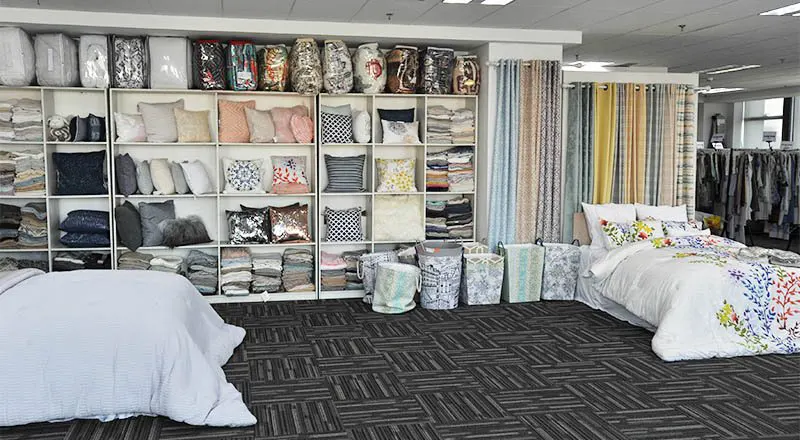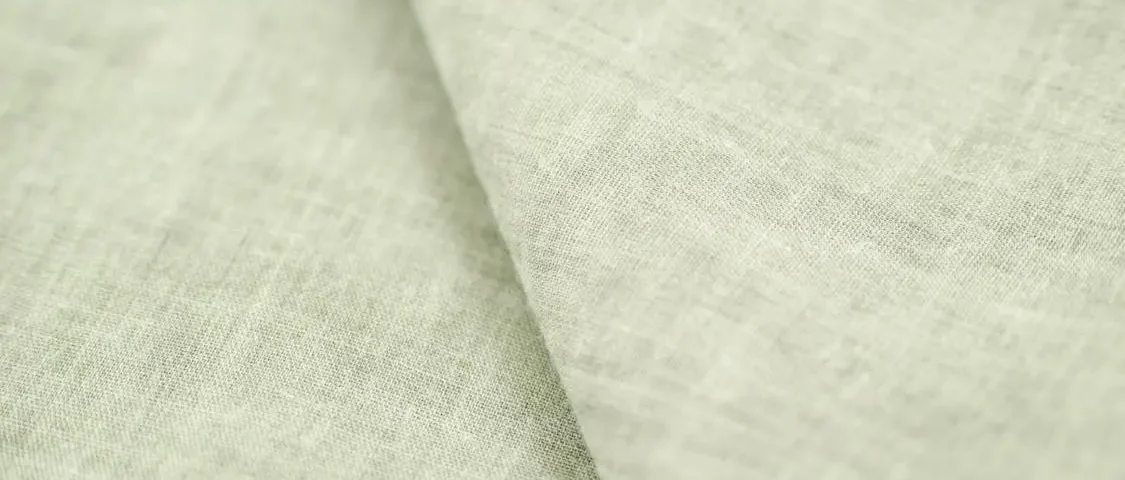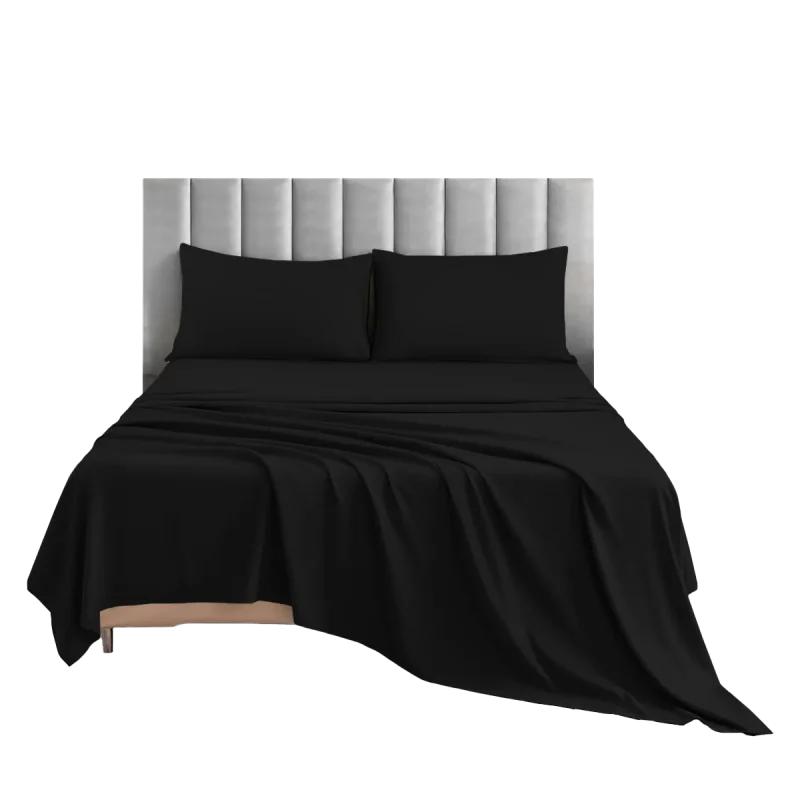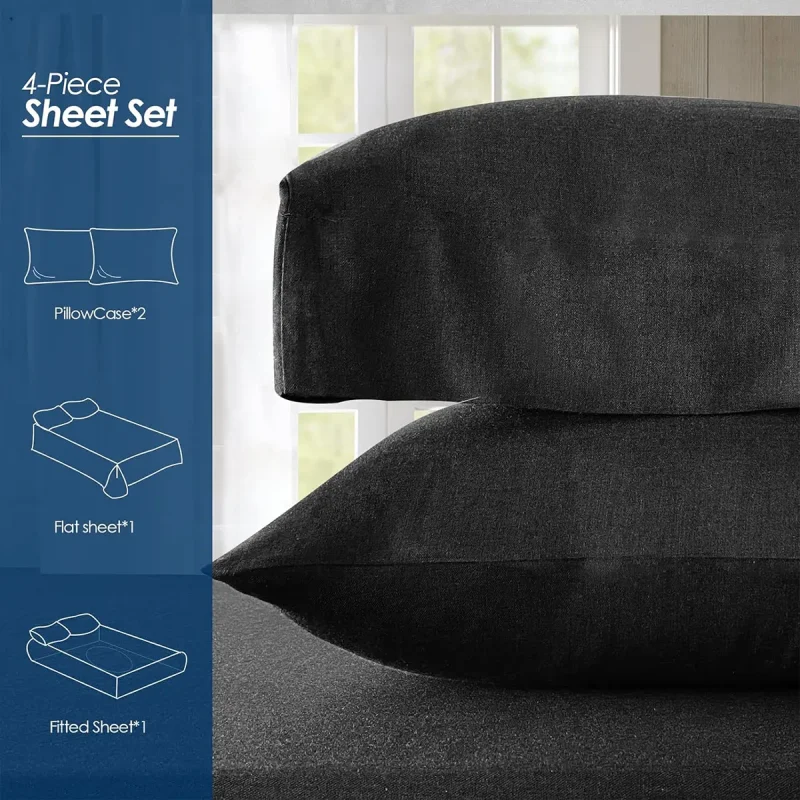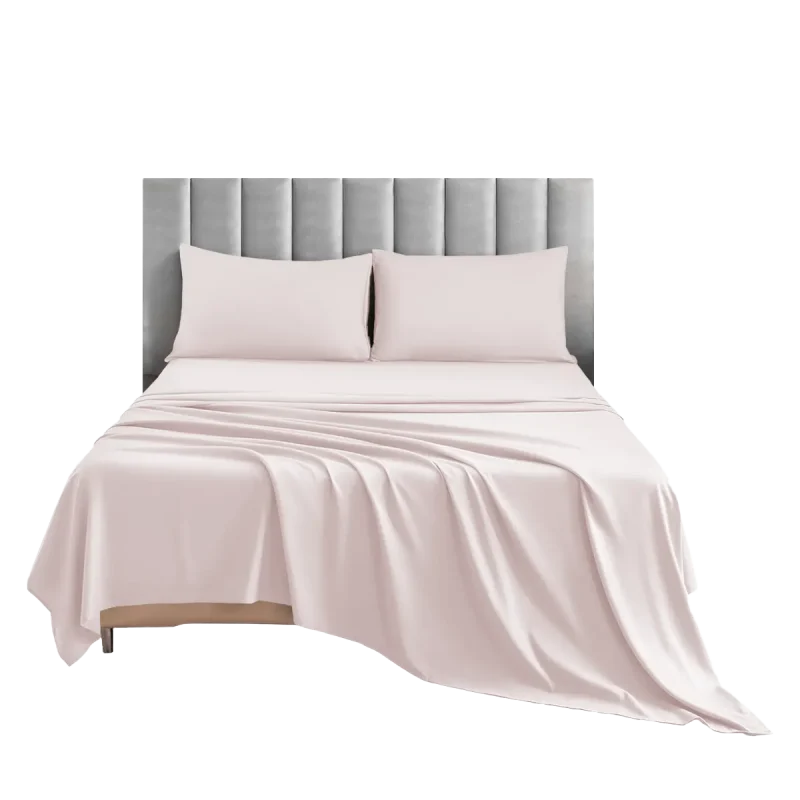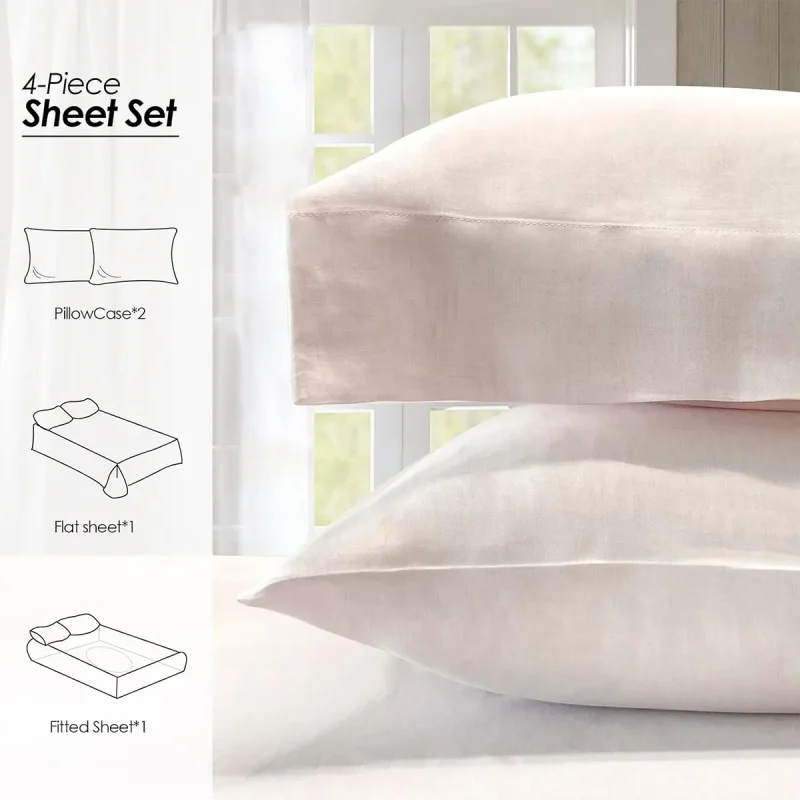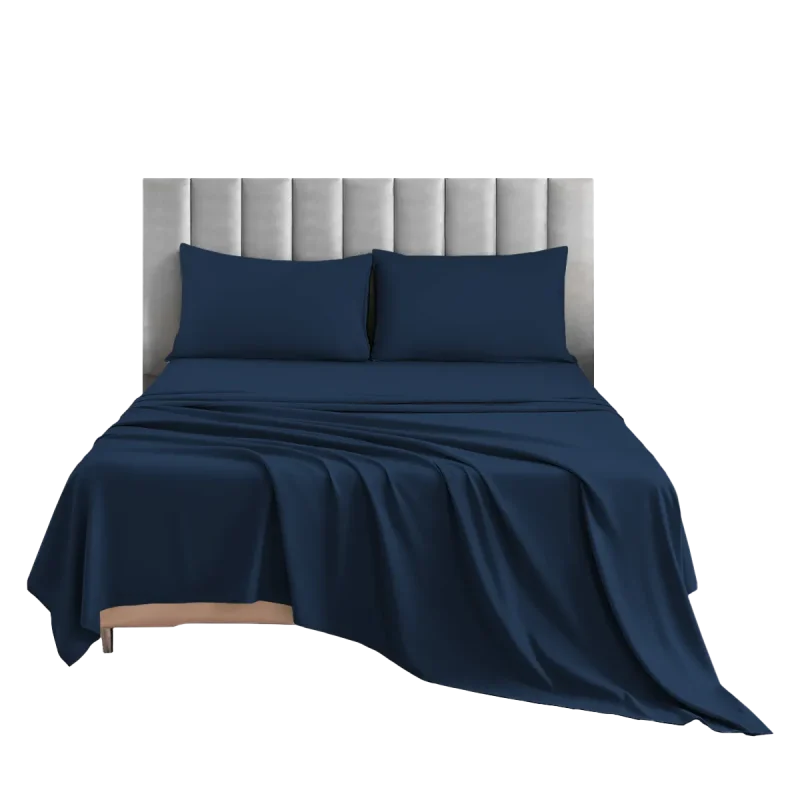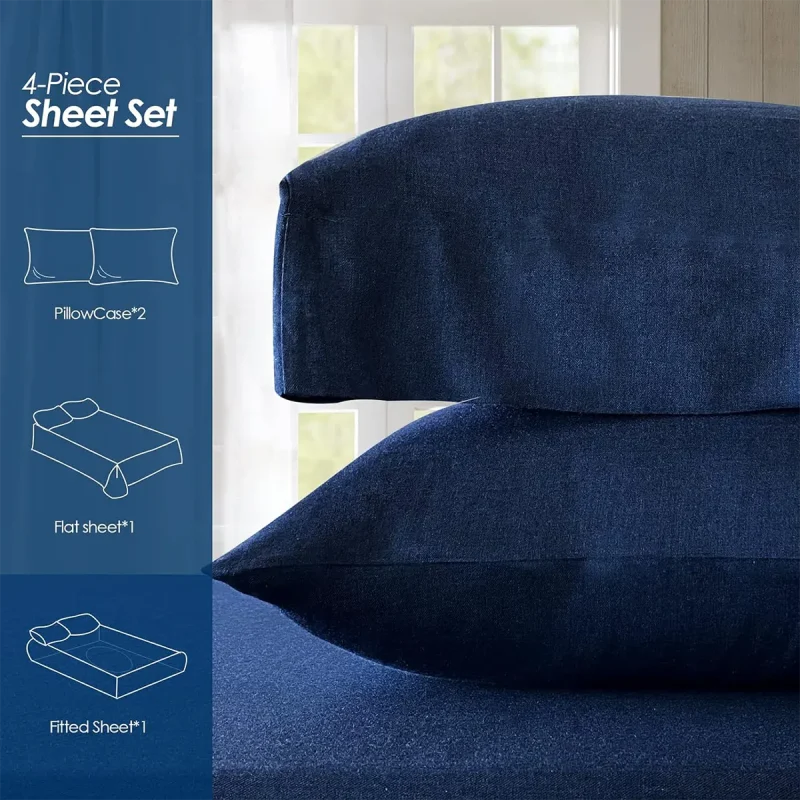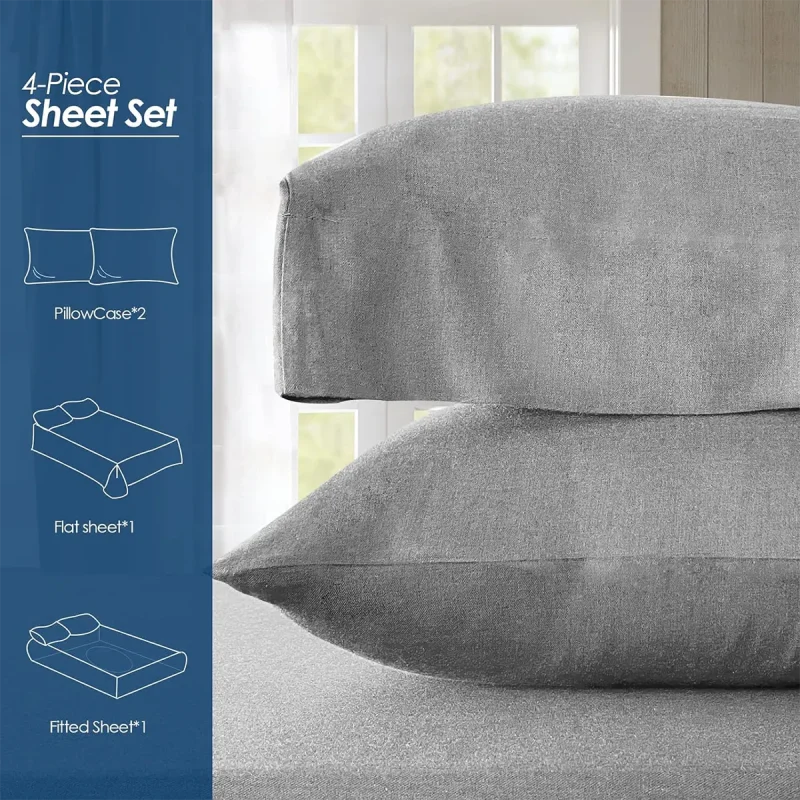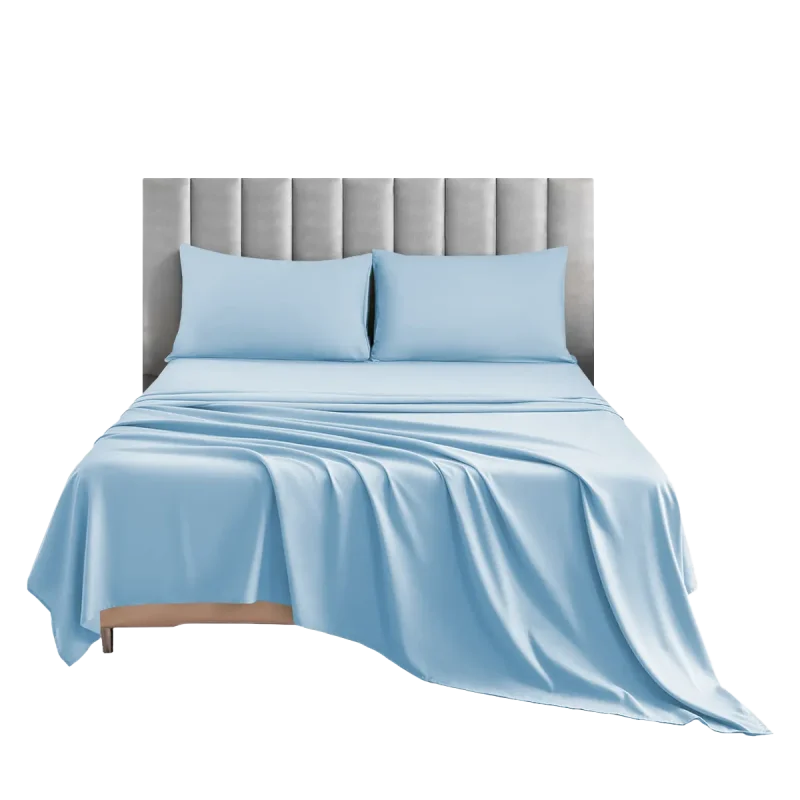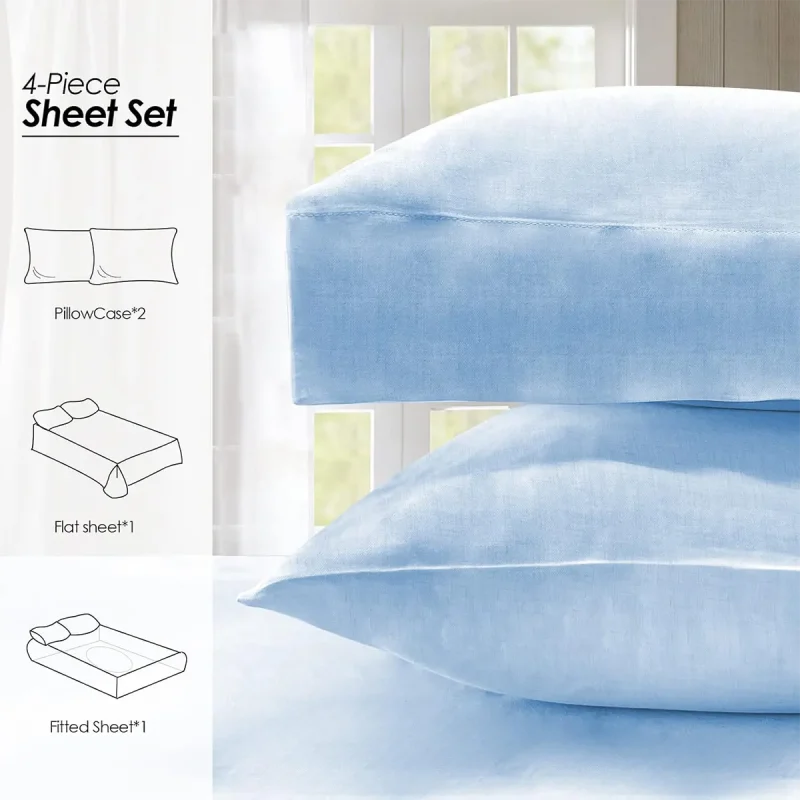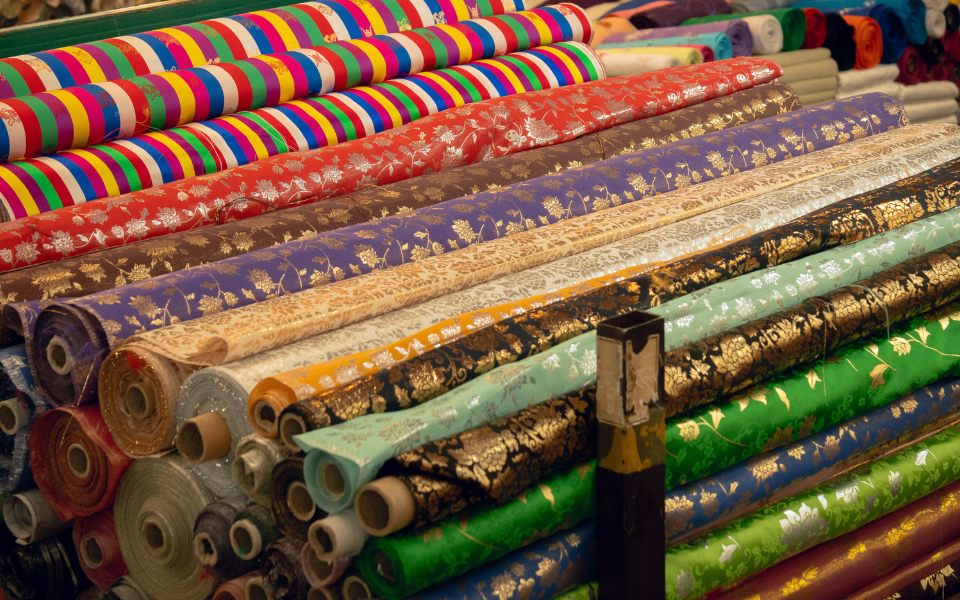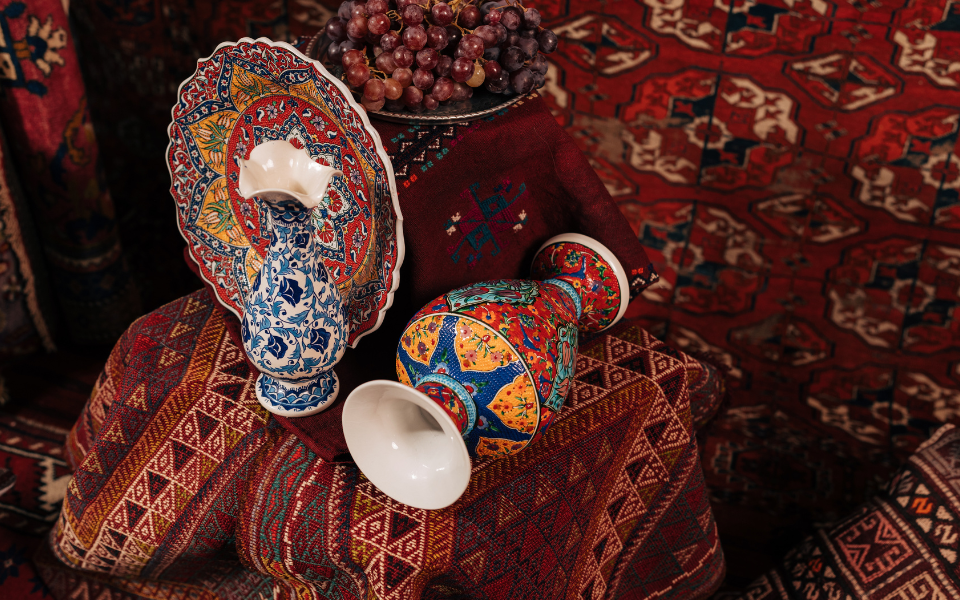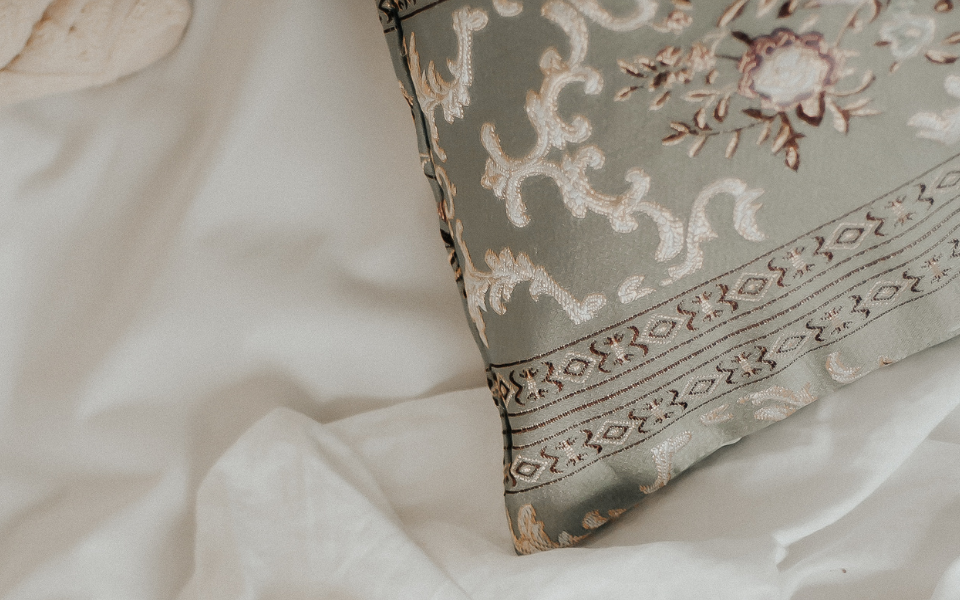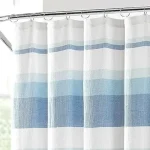
The pros and cons of Various Shower Curtain Materials
January 29, 2024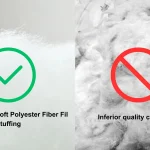
Unlocking the Potential of Polyester Fiberfill: A Comprehensive Guide to Its Uses and Advantages
February 26, 2024Introduction
In a world where environmental effect is becoming more and more important, the fashion industry is going through a major transition towards sustainability. The use of eco-friendly materials is a key component of this change. Sustainable fabrics are essential to protecting the environment since they minimize water use and carbon footprints. Let’s examine some of the greenest textile options and discover why they are regarded as the greatest options for the environment.
Organic Cotton: A Staple in Sustainable Fashion
One of the sustainable materials that the fashion industry has embraced the most is organic cotton. Organic cotton is grown without the use of artificial fertilizers or pesticides, which enhances soil health and biodiversity. In addition, it uses a great deal less water than traditional cotton growing. Organic cotton is becoming more and more popular as a representation of environmentally responsible fashion as more and more manufacturers make the switch.
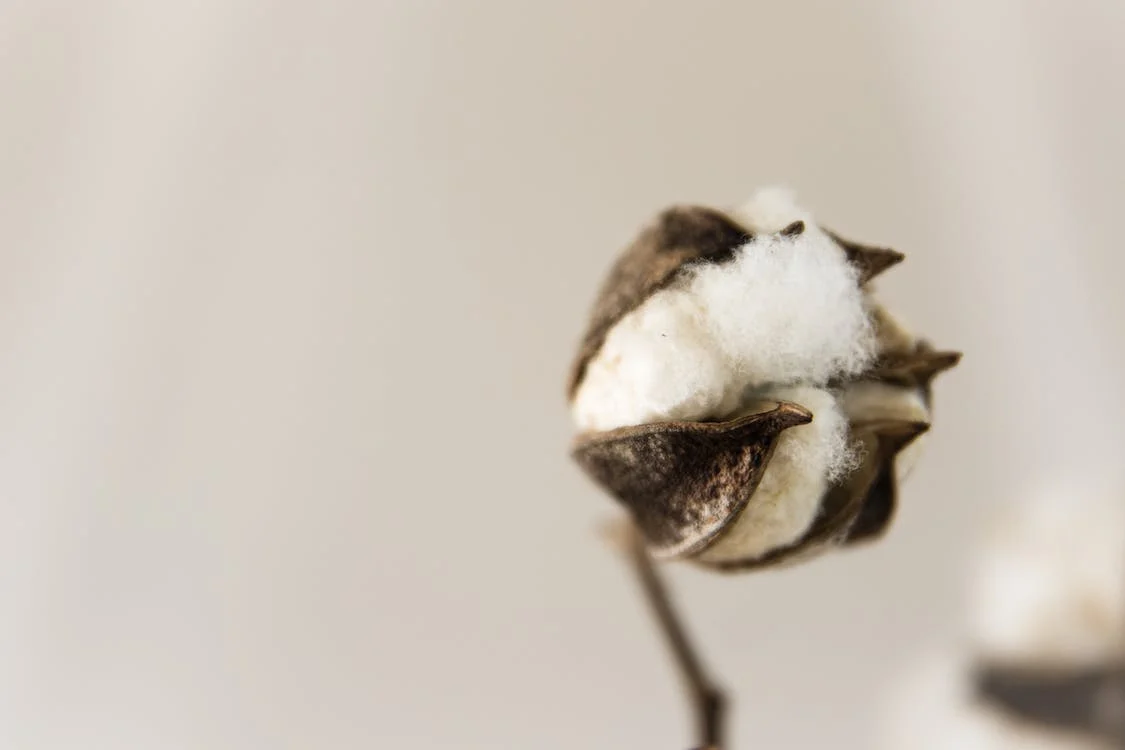
Hemp: Nature's Versatile Fiber
The cannabis plant yields hemp, which is becoming more and more well-known for its exceptional sustainability qualities. Hemp is well-known for its adaptability and is an eco-friendly material to use in textile manufacturing since it needs little water and no pesticides to flourish. Furthermore, when hemp plants develop, they take up a lot of carbon dioxide, which helps to slow down global warming. For many fashion uses, hemp provides a sustainable substitute, from robust apparel to robust accessories.
TENCEL™ Lyocell: Innovating Sustainability
One rayon kind that is well-known for its environmentally friendly production method is TENCEL Lyocell. TENCELTM Lyocell is made from wood pulp that is supplied responsibly, usually from eucalyptus trees. It has a closed-loop system that recycles solvents and reduces waste. As opposed to conventional textile production techniques, this novel methodology uses a great deal less water and chemicals. Because TENCELTM Lyocell provides both sustainability and softness, it is a preferred option for people who care about the environment.
Recycled Polyester: Transforming Waste into Fashion
The fashion industry’s dedication to circularity and waste reduction is best demonstrated by recycled polyester. Recycled polyester diverts plastic from landfills and the ocean by using post-consumer plastic bottles and other discarded materials in new ways. This reduces reliance on virgin resources. Although energy is still needed throughout the production process, considerably less is used than in the case of traditional polyester manufacture. Adopting recycled polyester for apparel and accessories is a step in the direction of more environmentally friendly fashion in the future.
Linen: Timeless Elegance with Low Environmental Impact
Originating from the flax plant, linen is known for its classic style and little effect on the environment. Linen is among the greenest textiles available as linen-growing uses very little water and agrochemicals. Furthermore, because flax plants are hardy in a variety of climates, they require less watering, which helps to preserve biodiversity. Linen, which embodies both style and environmental responsibility, is still a mainstay in sustainable fashion designs because of its inherent breathability and durability.
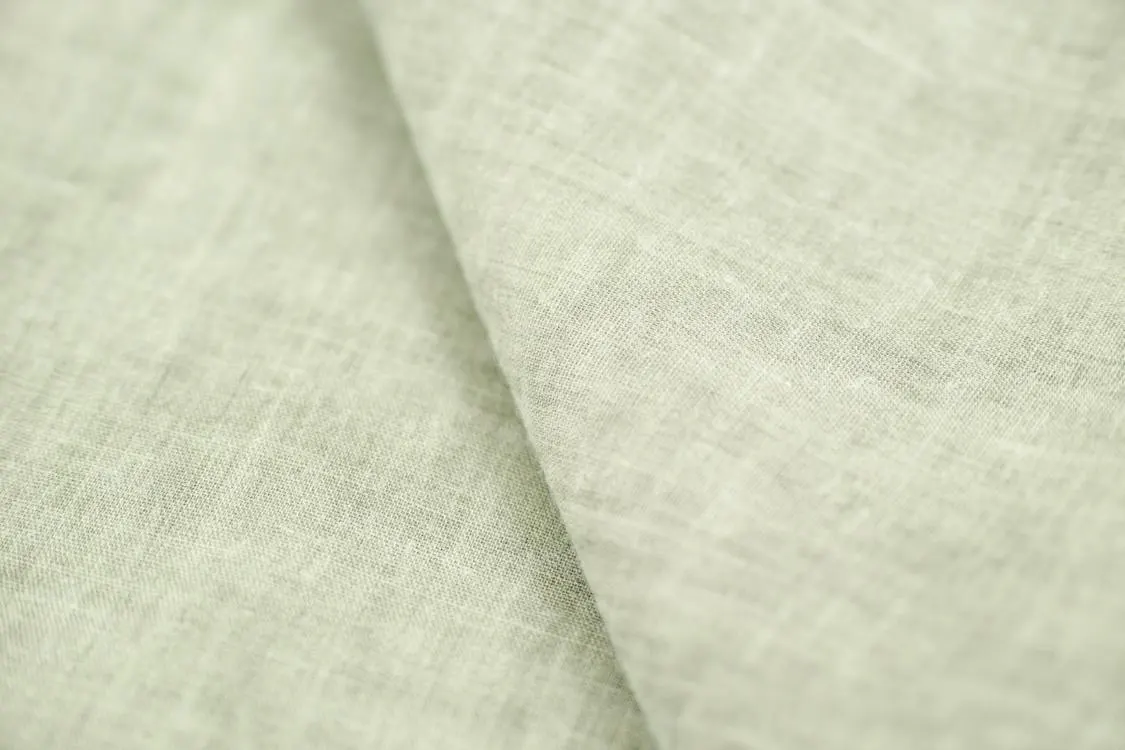
Conclusion
The selection of materials is crucial in mitigating the fashion industry’s environmental effect as it advances toward sustainability. Every fabric, from recycled polyester to organic cotton, has special advantages that help fashion become more environmentally responsible. Brands and consumers alike can collaborate to build a more sustainable future for the earth and its people by making the usage of sustainable fabrics a priority.

